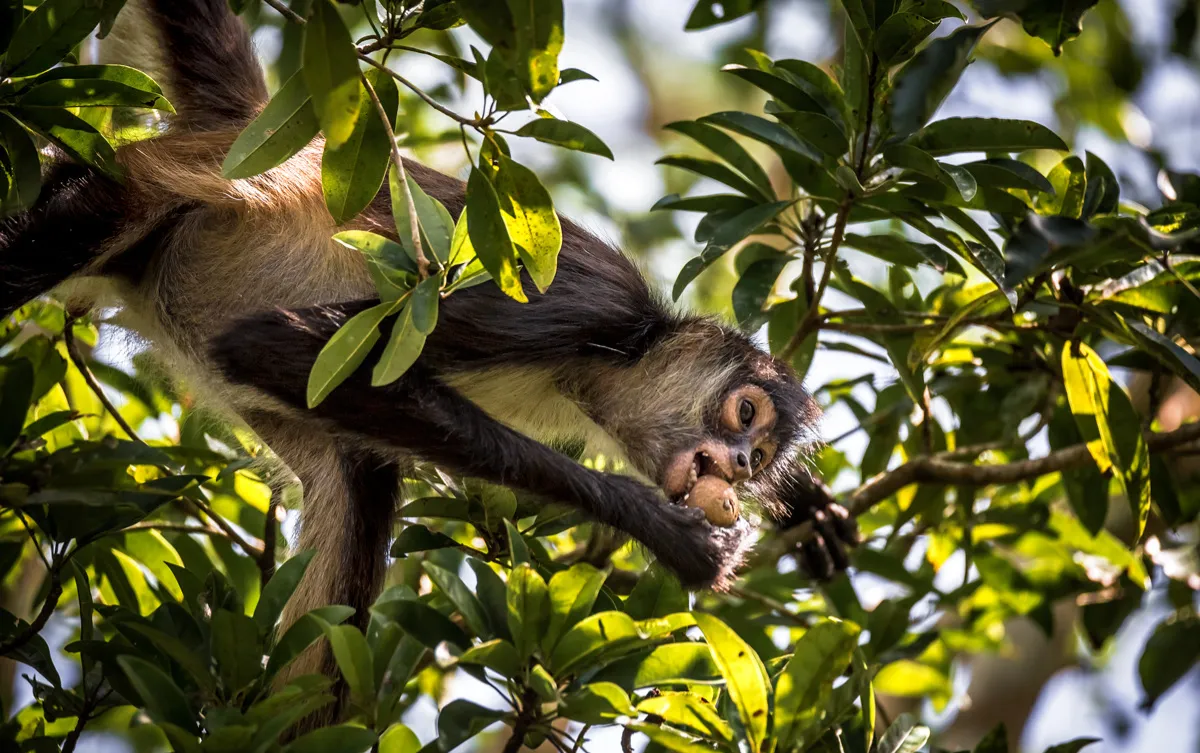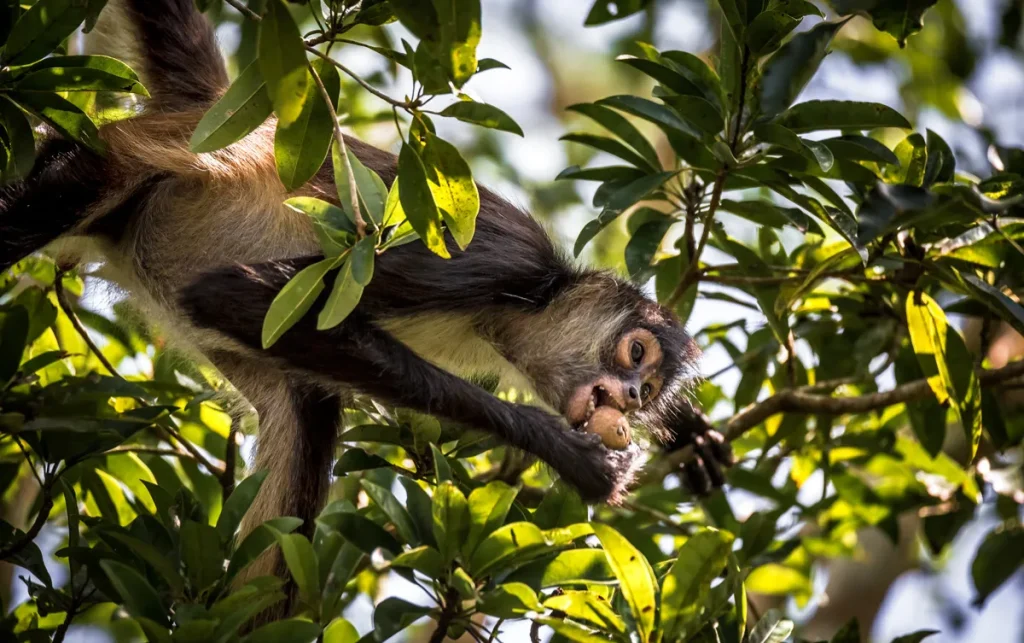Otoch Ma’ax Yetel Kooh is a vital natural protected area located in Yucatán, Mexico. It serves as a crucial habitat for diverse wildlife, particularly the spider monkey, contributing to Yucatán conservation efforts. This reserve is not only important for biodiversity but also offers opportunities for ecological education. Visitors can explore its rich flora and fauna while learning about the conservation initiatives in the region.
Otoch Maax Yetel Kooh as a Natural Protected Area
Known for its rich ecosystems and diverse wildlife, this exceptional region serves as a crucial refuge for numerous species. Its designation as a natural protected area highlights the importance of preserving both flora and fauna in the Yucatán Peninsula.Location and Access to the Reserve
Nestled near Valladolid, Yucatán, Otoch Maax Yetel Kooh is easily accessible by various modes of transport. Visitors can reach the reserve by:- Private or rental cars via the Tulum – Nuevo Xcan highway.
- Taxis that cater to tourists visiting the area.
- Tour operators offering guided trips and transportation.
Flora and Fauna in Yucatán
The biodiversity of Otoch Maax Yetel Kooh includes a range of plant and animal life that contributes to ecological balance. This area showcases various native species that thrive in its lush environment.Key Plant Species
The reserve is characterized by a rich vegetation that includes:- Ramon trees (Brosimum alicastrum)
- Guanacaste trees (Enterolobium cyclocarpum)
- A variety of palm species
Diversity of Animals
Wildlife within the reserve is abundant, housing species such as:- Spider monkeys (Ateles geoffroyi)
- Black howler monkeys (Alouatta pigra)
- Pumas (Puma concolor)
- Ocelots (Leopardus pardalis)
- Ocellated turkeys (Meleagris ocellata)
The Spider Monkey: Behavior and Characteristics
Spider monkeys are fascinating primates known for their agile movements and social structures. Their behavior and characteristics contribute to their unique life in the wild.Physical Traits and Social Structure
Spider monkeys have distinct physical traits that set them apart. They possess long limbs, a slender build, and prehensile tails that aid in their arboreal lifestyle. This adaptation allows them to navigate through the canopy effectively. Socially, they live in groups called troops, which can range from 15 to 30 individuals. These troops are typically matriarchal and exhibit strong social bonds.Diet and Habitat in the Jungle
Spider monkeys are primarily frugivorous, meaning their diet mainly consists of fruits. They also consume leaves, flowers, and seeds when fruit is scarce.Food Sources in the Region
- Fruits such as figs, bananas, and mangos
- Leaves from various trees
- Occasional flowers and seeds
The Importance of The Lagoon and Cenote
The lagoon and cenote provide essential water resources for spider monkeys. These areas serve as feeding grounds, promoting their nutritional intake. Consequently, the health of these water bodies is crucial for maintaining the spider monkey population in the region.Conservation Significance in Punta Laguna
The conservation significance in Punta Laguna plays a crucial role in protecting vital ecosystems and species, particularly the endangered spider monkeys. This area exemplifies efforts to maintain biodiversity in the region.Role in Yucatan Conservation
Punta Laguna serves as a key conservation area actively involved in preserving flora and fauna. The efforts here focus on:- Habitat protection for endangered species.
- Restoration projects aimed at rehabilitating damaged ecosystems.
- Community engagement to promote awareness about conservation issues.
Threats to the Spider Monkey Population
Despite conservation efforts, spider monkeys face several threats that endanger their survival.Human Encroachment and Habitat Loss
Human activities such as agriculture, urban development, and illegal logging have led to significant habitat destruction. These actions fragment populations and reduce the availability of essential resources.Climate Change Impact
Climate change poses a serious threat as rising temperatures and altered rainfall patterns impact food availability and habitat conditions for the spider monkeys. Adapting to these changes is crucial for their continued existence in the wild.Conservation Efforts and Initiatives
Efforts to conserve spider monkeys and their habitat in the region involve multiple programs and community participation. These initiatives highlight the significance of collaboration for wildlife preservation.Preservation Programs
Various preservation programs aim to protect the spider monkey population and their natural surroundings. These initiatives focus on:- Habitat restoration efforts to ensure a sustainable environment for the local wildlife.
- Monitoring populations through field research to track the health and numbers of spider monkeys.
- Implementing regulations against poaching and illegal logging, essential for the ecosystem’s integrity.
Community and Educational Involvement
Community engagement plays a crucial role in conservation strategies. Local residents participate in various programs that build awareness and promote sustainable practices.Interaction with The Mayan Culture
The integration of Mayan cultural practices enriches conservation efforts. Traditional knowledge informs sustainable land management and fosters respect for nature among the community.Engagement with Students and Researchers
Educational initiatives target both students and researchers. They facilitate:- Workshops focused on conservation techniques and ecology.
- Research opportunities for academic studies that contribute to understanding local biodiversity.








